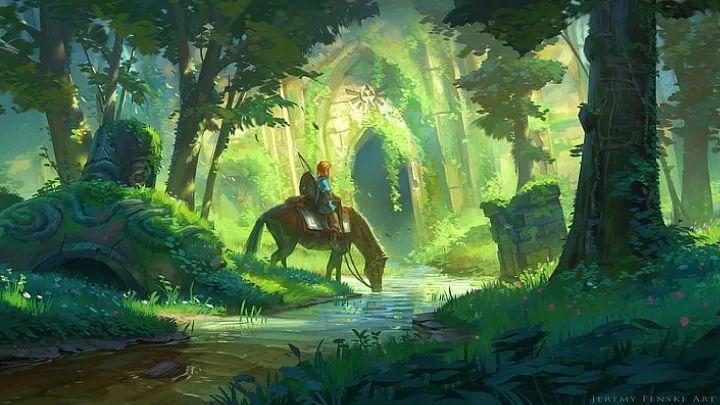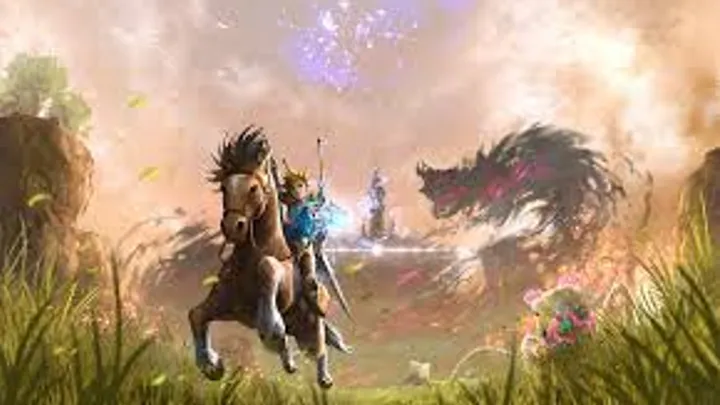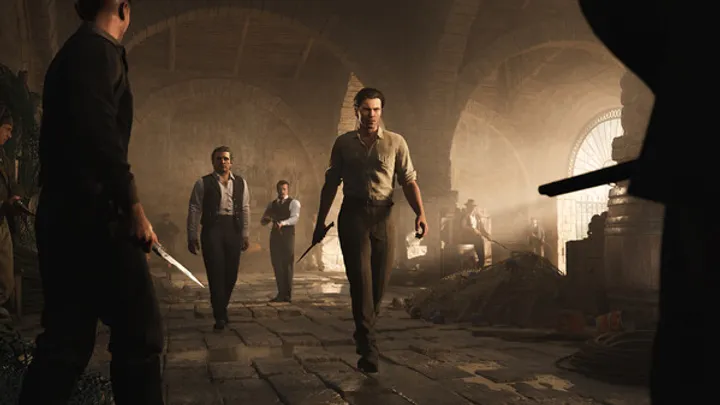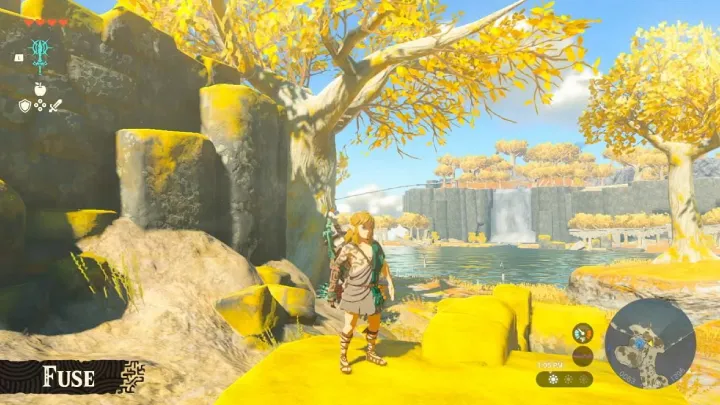Rust is one of the most intense and unforgiving survival games ever created. Developed by Facepunch Studios, Rust drops players into a brutal world where the only goal is to survive. With no instructions, no allies (unless you make them), and no guarantees of safety, you must gather resources, craft tools, build shelters, and fight off both players and the environment.
Unlike many survival games, Rust thrives on unpredictability. At any moment, you can be ambushed by another player, attacked by wild animals, or starve if you haven’t managed your resources well. This guide will walk you step by step through surviving the early game, building your first base, gathering loot, fighting, and thriving long-term in the world of Rust.
1. Starting Out: Your First Day in Rust
The first minutes in Rust are the hardest. You spawn with nothing but a rock and a torch.
Survival Priorities
- Collect Resources: Use your rock to gather wood from trees and stone from boulders.
- Find Food: Hunt animals, gather berries, or search crates for early nutrition.
- Stay Aware: Other players may kill you instantly for resources.
Pro Tip
Avoid high-traffic areas near roads and monuments at first. Stick to the wilderness until you’re more equipped.
2. Crafting Essential Tools
Once you gather resources, crafting tools is the next step to survival.
Must-Craft Tools
- Stone Hatchet: Speeds up wood gathering.
- Stone Pickaxe: Gathers ore and stone efficiently.
- Bow and Arrows: Provides ranged hunting and basic defense.
Strategy
Always prioritize tools before weapons. Better tools = faster resource gathering = faster progression.
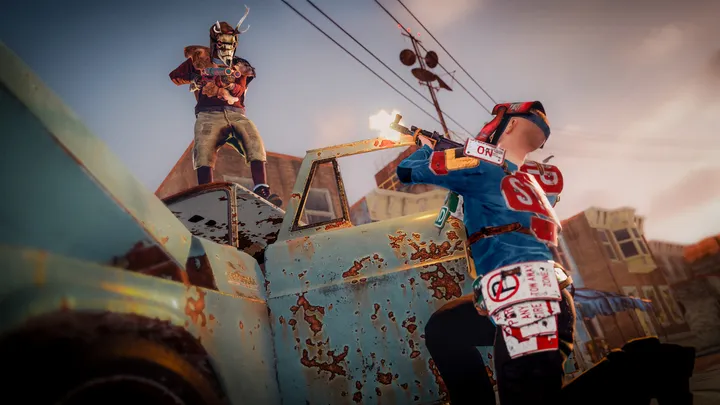
3. Building Your First Base
A base is your safe haven in Rust — without it, you’ll lose progress when you log out.
Basic Base-Building Steps
- Lay a Foundation: Start with a simple 2x2 square base.
- Upgrade Materials: Upgrade wood to stone quickly to prevent raiding.
- Add a Door & Code Lock: Never use key locks — other players can steal your base if they kill you.
Expansion
As you gather more materials, expand to honeycomb walls (extra layers of defense).
4. Gathering and Managing Resources
Resources are your lifeline. Managing them wisely is the difference between thriving and dying.
Key Resources
- Wood & Stone: Building and tools.
- Metal Fragments: Essential for advanced crafting.
- Cloth: Used for bandages, clothing, and sleeping bags.
- Sulfur: Crafting explosives.
Tip
Set sleeping bags across the map for spawn points. This gives you more control when you die.
5. Hunting and Food Survival
Food keeps you alive and provides stamina for long journeys.
Best Food Sources
- Animals: Kill deer, boars, and chickens for meat and leather.
- Farming: Plant seeds near your base for renewable food.
- Looting: Search barrels, crates, and monuments for canned food.
Avoiding Starvation
Always cook raw meat — eating it raw causes food poisoning and reduces health.
6. Combat and Defending Yourself
Rust is as much about fighting other players as it is surviving the environment.
Combat Basics
- Early Game Weapons: Bow, spear, crossbow.
- Mid-Game Weapons: Revolver, shotgun, SMG.
- Late-Game Weapons: Assault rifles, explosives, rocket launchers.
Defense Tips
- Never fight fair — ambush, use cover, and pick battles wisely.
- Avoid unnecessary fights early on; survival > pride.
7. Exploring Monuments and High-Risk Areas
Monuments are high-risk, high-reward zones filled with loot.
Monument Examples
- Gas Stations & Supermarkets: Early-game loot.
- Airfield & Train Yard: Mid-game gear.
- Launch Site & Oil Rig: End-game loot with heavy radiation.
Survival in Monuments
- Always bring radiation protection.
- Enter carefully — they’re hotspots for PvP combat.
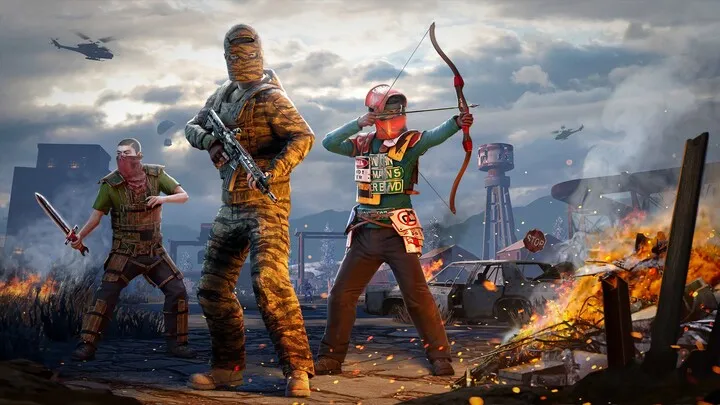
8. Forming Alliances and Clans
Rust is brutal solo, but alliances make survival much easier.
Benefits of Playing in Groups
- Shared resources.
- Stronger base defense.
- Safety in numbers during raids.
Clan Strategy
- Establish roles: builders, gatherers, fighters.
- Share blueprints and weapons to speed up progress.
9. Raiding and Defending Bases
Raiding is a huge part of Rust — but so is protecting yourself from raids.
Raiding Basics
- Early Raids: Use spears or flamethrowers on wooden bases.
- Mid-Game Raids: Satchel charges for stone walls.
- End-Game Raids: Rockets and C4 for armored bases.
Defending Bases
- Build honeycombs.
- Use shotgun traps and auto-turrets.
- Upgrade doors to metal quickly.
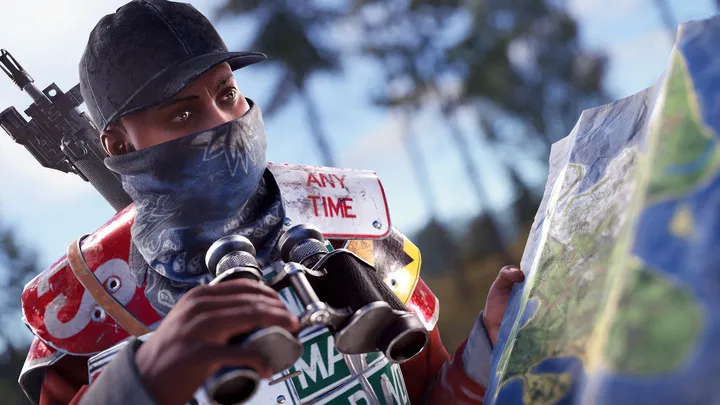
10. Long-Term Survival and Thriving
Once you’ve survived the basics, the real Rust experience begins.
Thriving Tips
- Keep expanding your base daily.
- Control key monuments with your group.
- Stockpile explosives and weapons for dominance.
Mentality
Rust is a game of patience, betrayal, and persistence. Dying is part of the experience — learn and adapt each wipe.
Conclusion
Rust is not just a survival game — it’s a psychological test. From the moment you spawn with a rock, you’re forced to make quick decisions that determine life or death. The key to success is mastering early survival, crafting, base building, resource management, and PvP combat.
Once you secure a base, gather allies, and start raiding, Rust becomes a mix of strategy, teamwork, and sheer determination. Survive the wipe, outsmart enemies, and establish dominance — that’s the true Rust experience.









